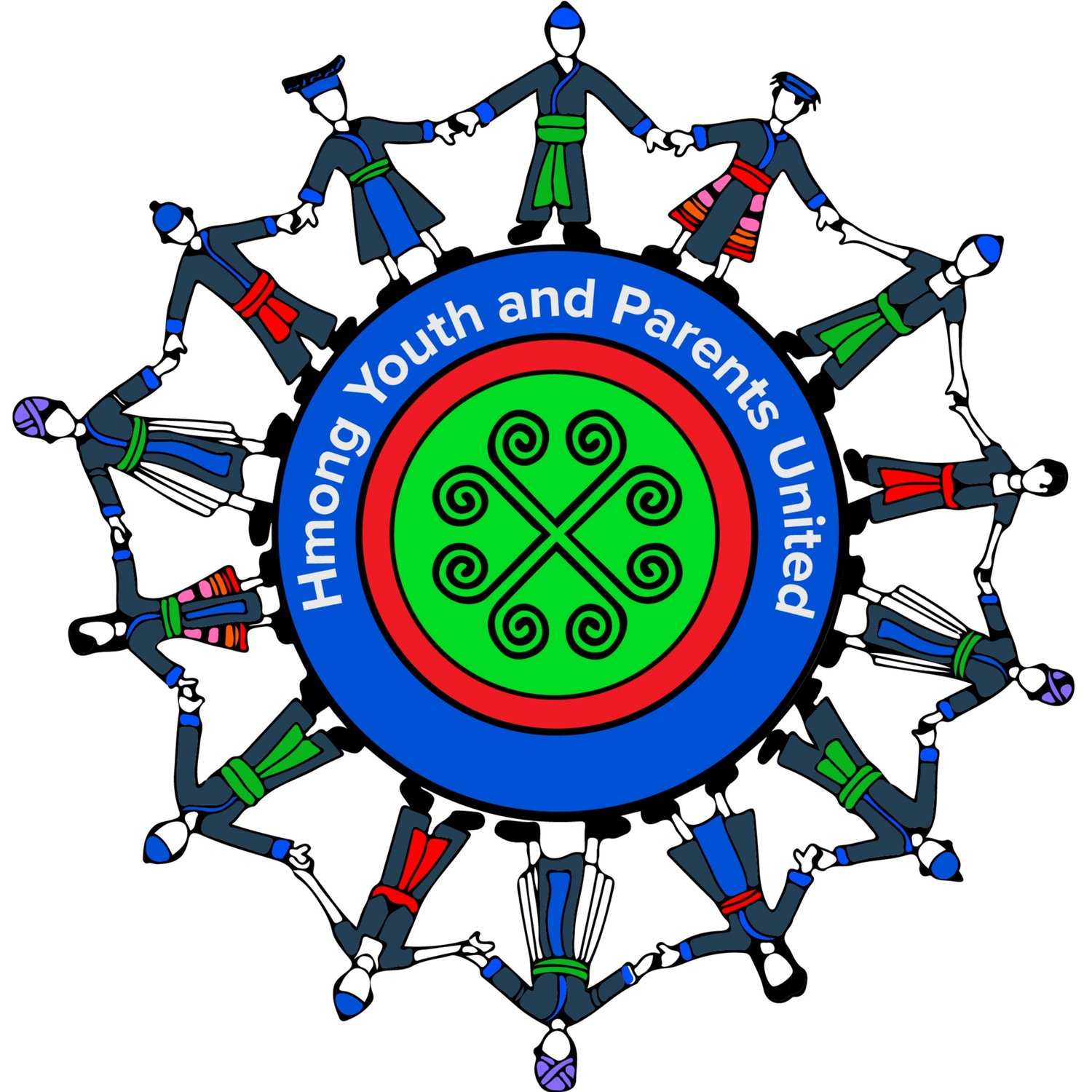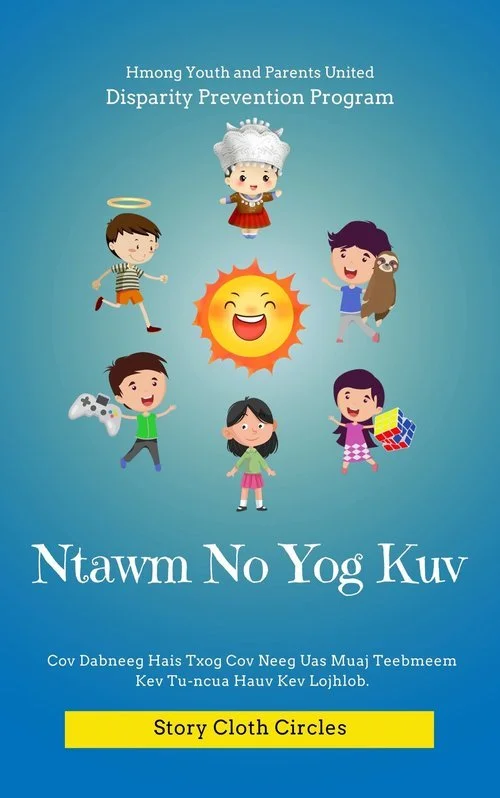READ OUR COLLECTIVE STORIES ABOUT RESILIENT INDIVIDUALS WITH A DEVELOPMENTAL DISABILITY TITLED “THIS IS ME”, AVAILABLE IN BOTH ENGLISH AND HMONG!
Hmong Youth and Parents United presents "Kuv Tus Ntxhais Hlob, Mim."
This is the uplifting story, inspired by true events, of how Mai, a Hmong mother, recognized the signs of developmental delay in her oldest daughter, Mee, who was diagnosed with Autism, and how she got help to support her daughter's success.
For more information and support, please visit our website at www.hypu.org or email us at disparityprevention@hypu.org.
What We Do/Services
Connection to Alta California Regional Center
Resource navigation for disability services
ASQ-3 and ASQ:SE-2 screenings and trainings
Youth leadership opportunities
Disability outreach, awareness, and advocacy
Contact Us For More Information:
Email: disparityprevention@hypu.org
Phone Number: (916) 418-4016
Disparity Prevention Program
HYPU’s Disparity Prevention Program aims to be the bridge between children with developmental disabilities and their loved ones to connect with Alta California Regional Center (ACRC) for early assessment and early intervention. This program involves community collaboration, outreach, empowerment, education and serves as the collective voice of families with developmental disabilities.
The Disparity Prevention Program uses the Merced Hlub Hmong Center’s unique Story Cloth Method, which engages community members and public institutions in systems to change through storytelling.
The Hmong people did not have a writing system until the Romanized famous Alphabet in the 1950s; the Hmong people are incredible storytellers and are very skillful in creative arts. The History of Hmong life and culture was preserved through folklores/tales, story cloths, and oral history.
After the Secret War, the Hmong fled to live in refugee camps in Thailand. They used their sewing abilities to embroider what is known as story cloths. These story cloths highlight the lives of the Hmong, the history, and things that the Hmong people valued. Using the story cloth method will help ensure that families can tell their stories using the traditional techniques to empower them to communicate in the most authentic way possible to build the relationships needed for systems to change.
This process consists of participants drawing their ideas and stories through art and finding meaning within. This method helps make the invisible visible, and a tangible product will be produced to display, give away, and educate.



